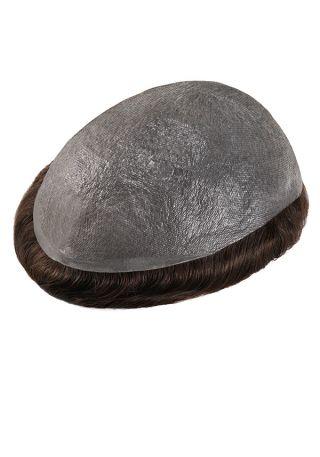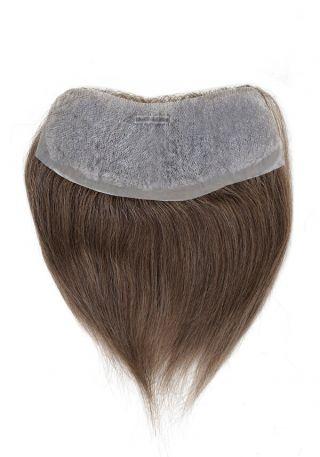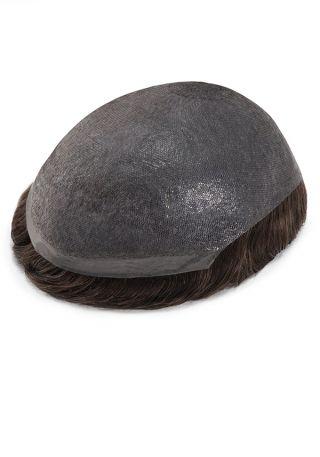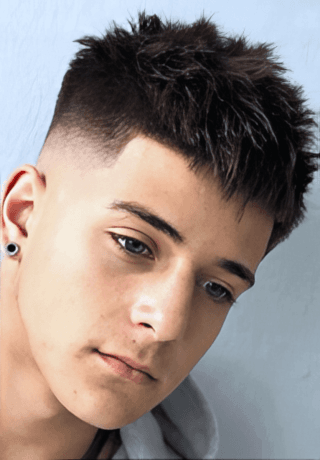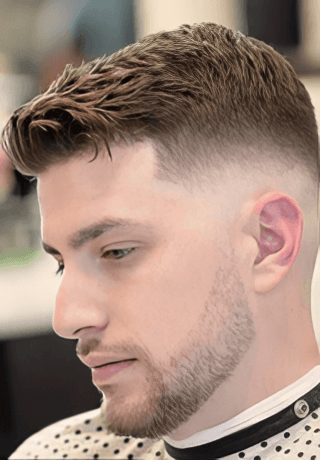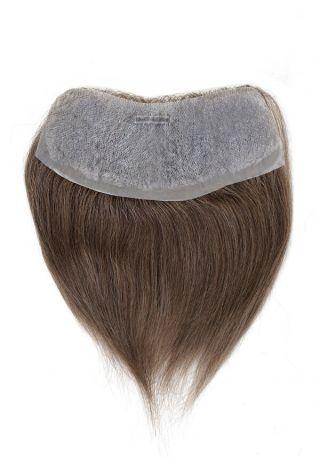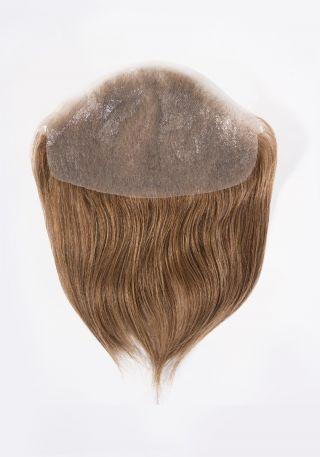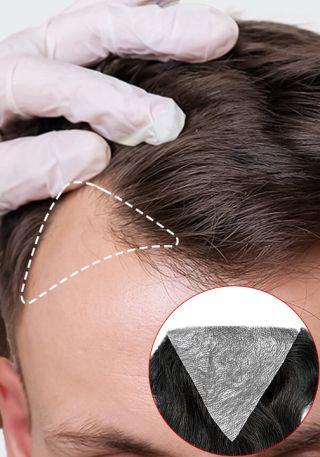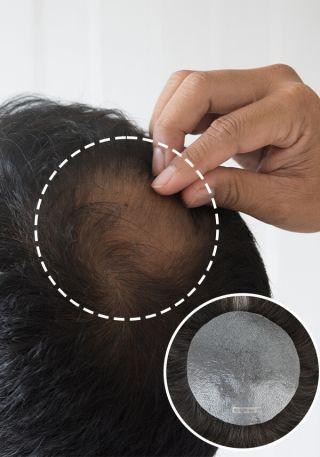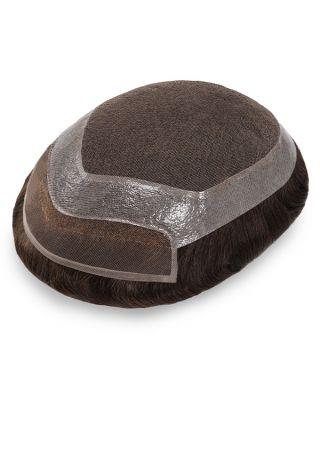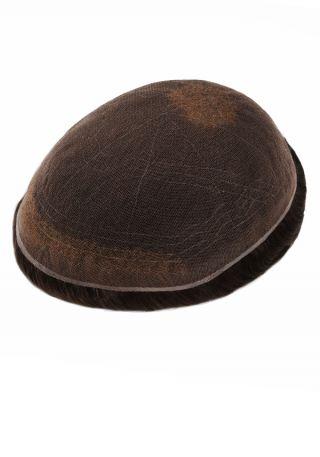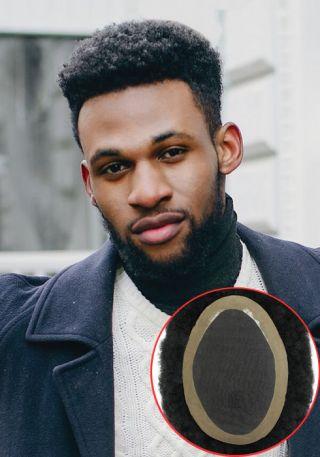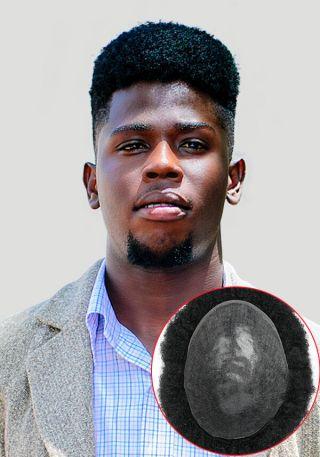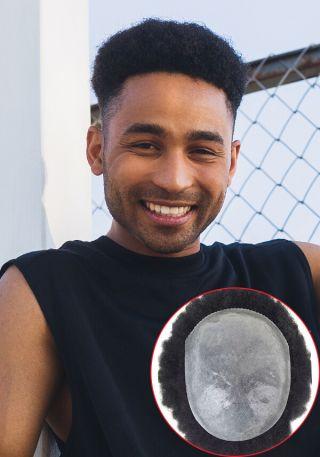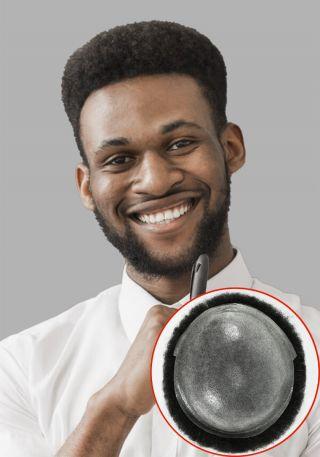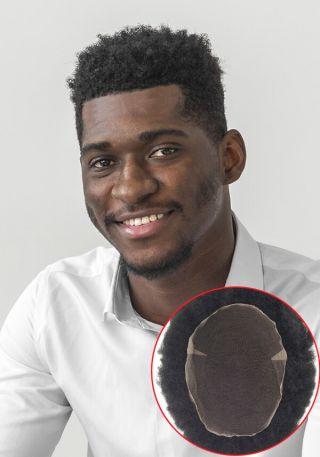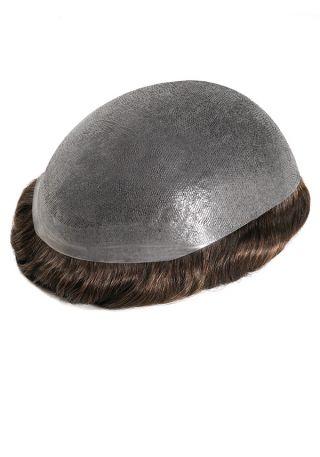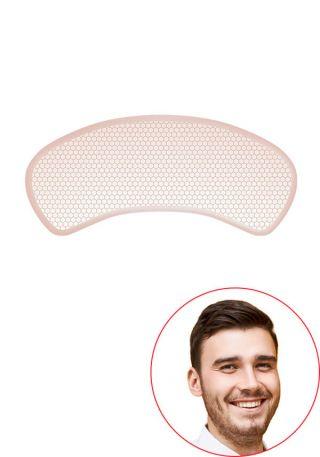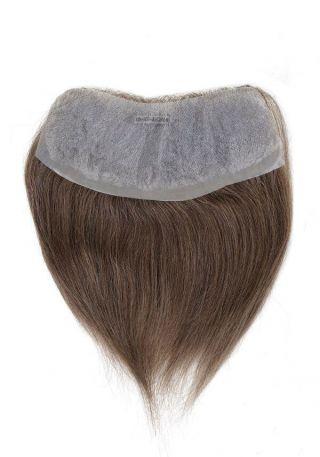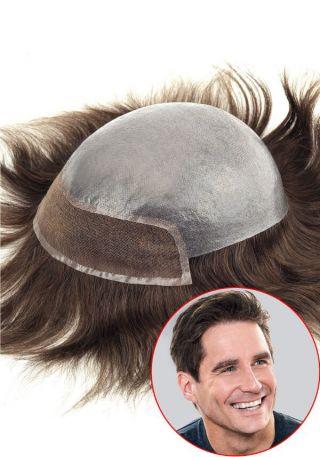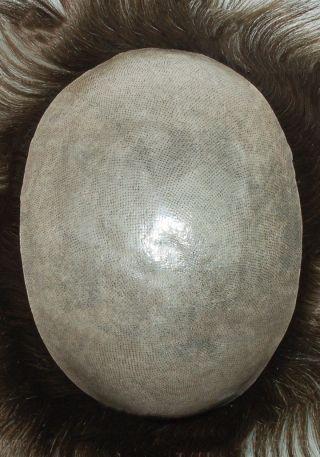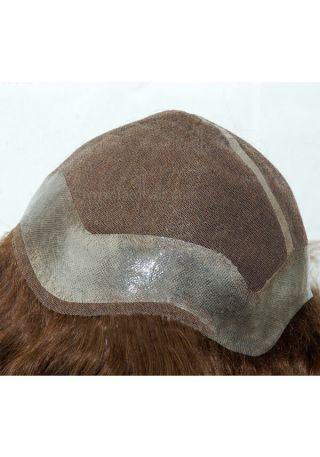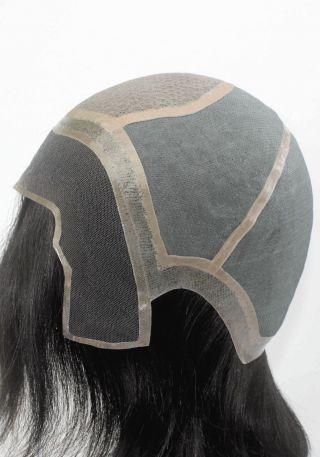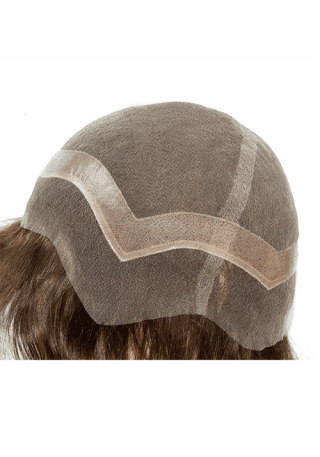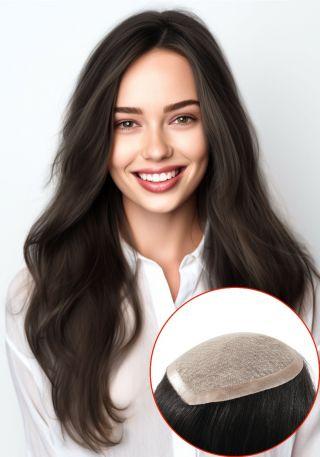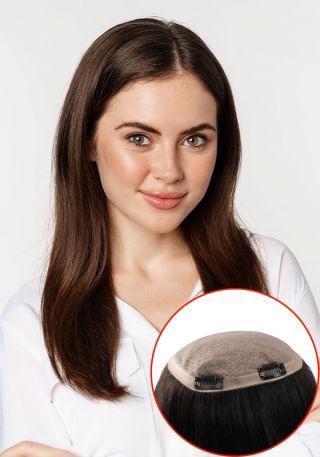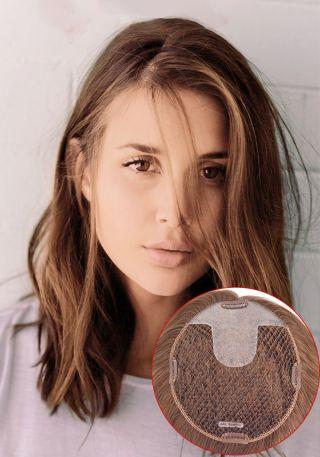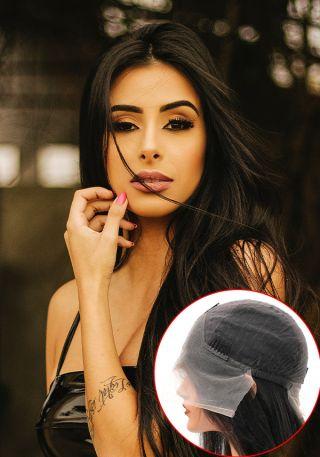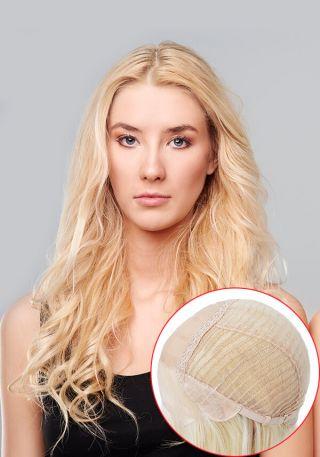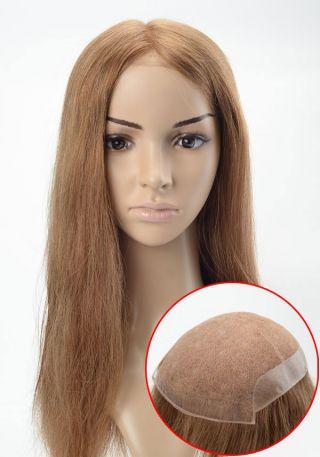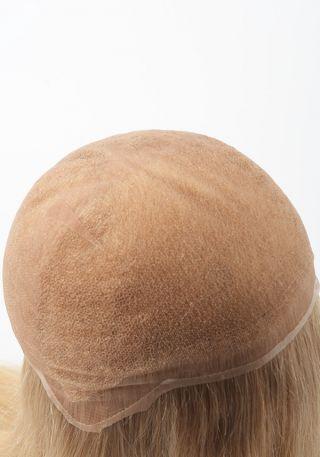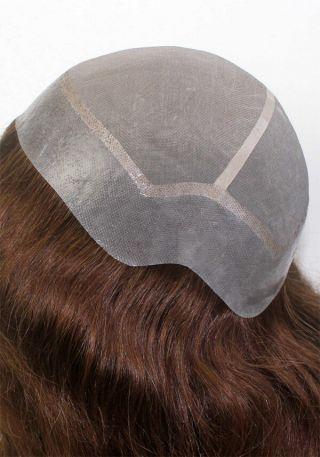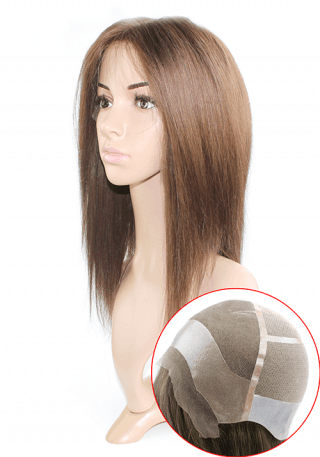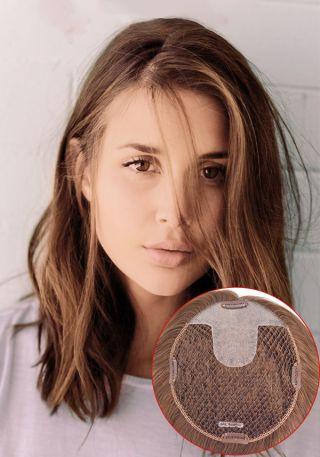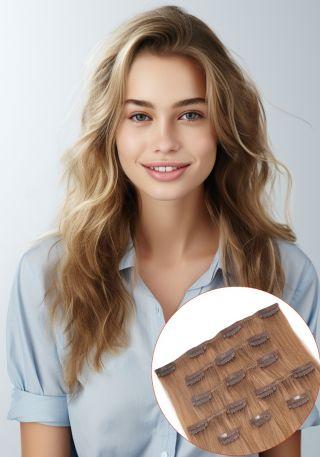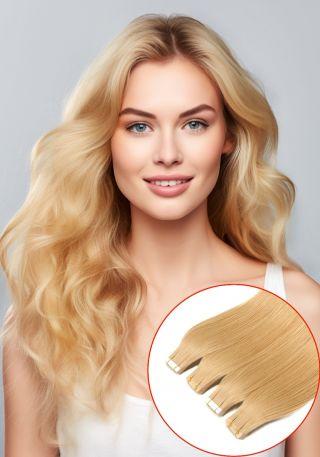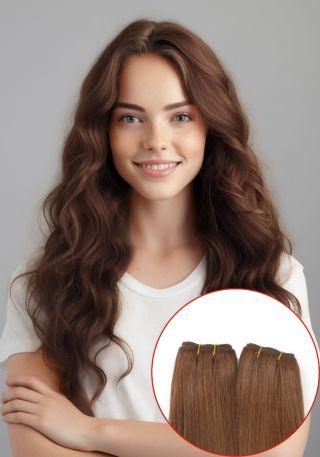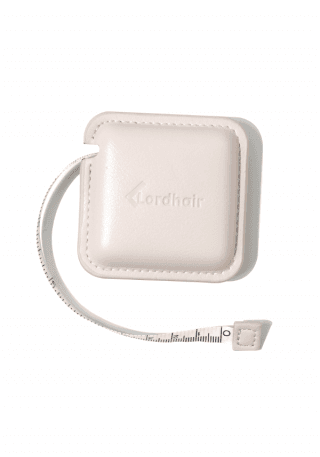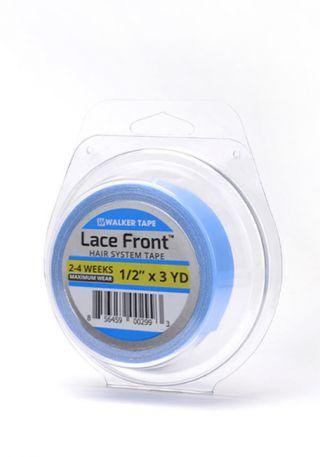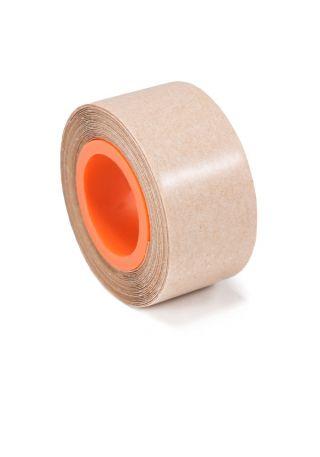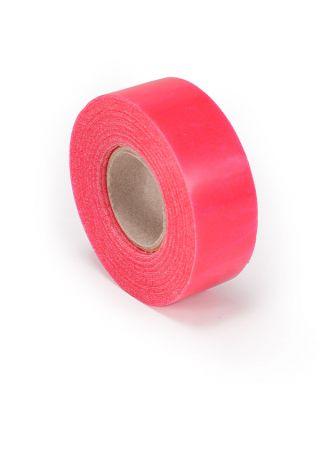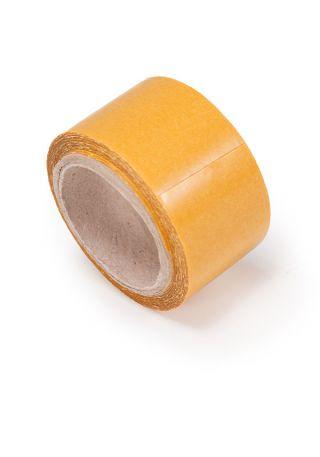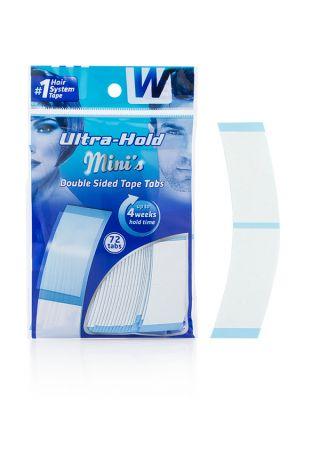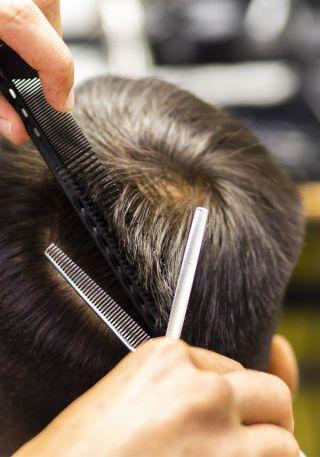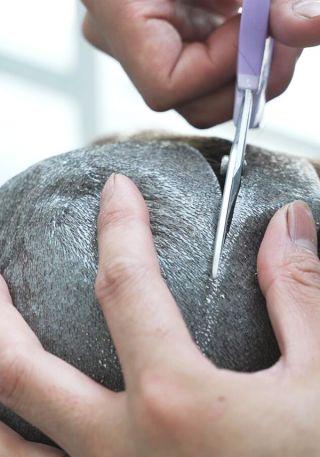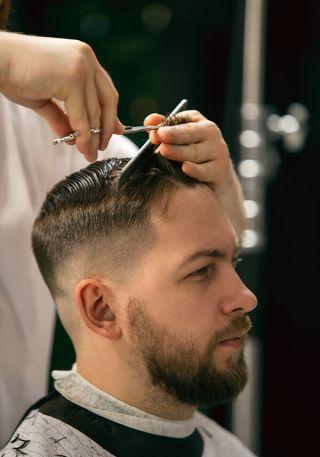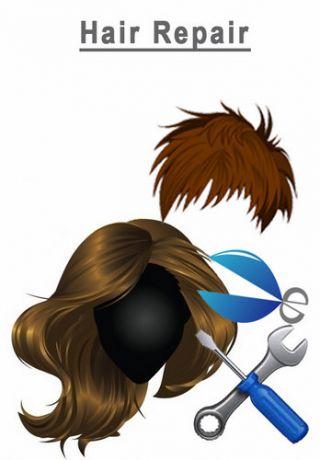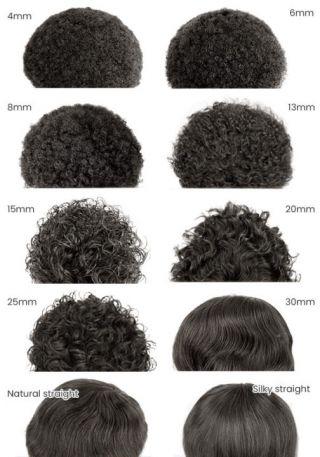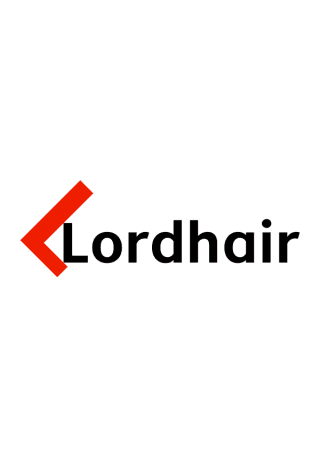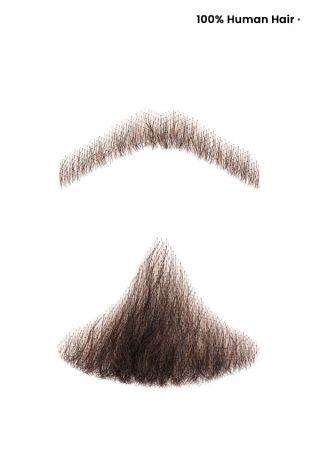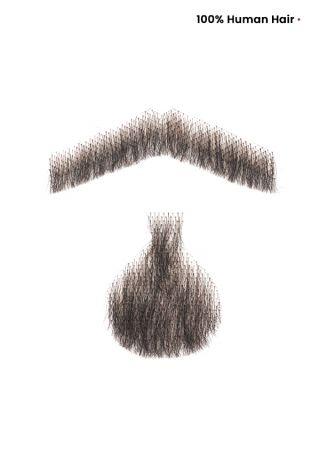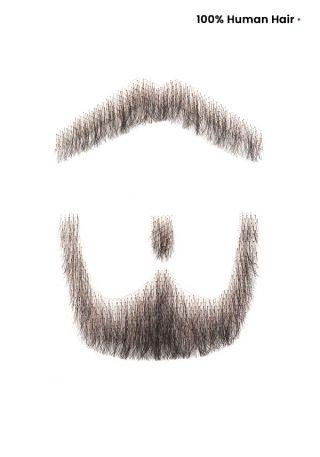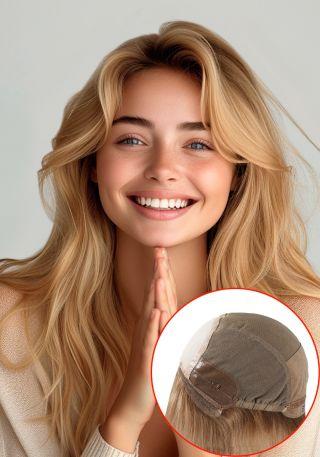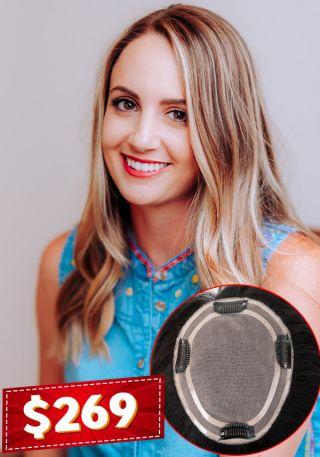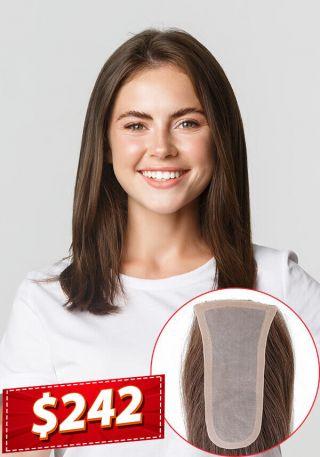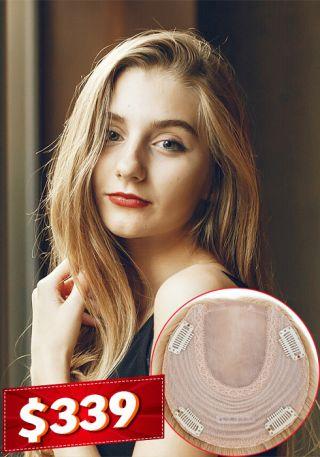High Testosterone and Hair Loss: Relationship, Treatments, and Everything Else
- Written by Victor Lordhair
- Jun 26, 2023
- |
- 14 min read
 Listen to the full text
Listen to the full text
Testosterone makes a huge impact on our overall health and well-being. While it is widely recognized for influencing sex drive and sperm quality, its impact extends far beyond these domains. However, there's a prevailing notion that testosterone may also be linked to hair loss, adding intrigue to its intricate relationship with our bodies.
But how much of this is true? In this blog, Lordhair - trusted globally for men’s hairpieces - will talk about testosterone, its connection with hair loss, available treatments, and a lot more. Let’s begin by first understanding the hormone.
What Is Testosterone?
Testosterone is the most common and prominent androgen produced in male testicles, female ovaries, and adrenal glands. It plays a vital role in the development and maintenance of reproductive tissues and characteristics including facial and body hair growth, deepening of the voice, and sperm production.
This hormone is also responsible for maintaining overall energy levels, mood stability, and cognitive function. It contributes to the production of red blood cells and sustains a healthy cardiovascular system.
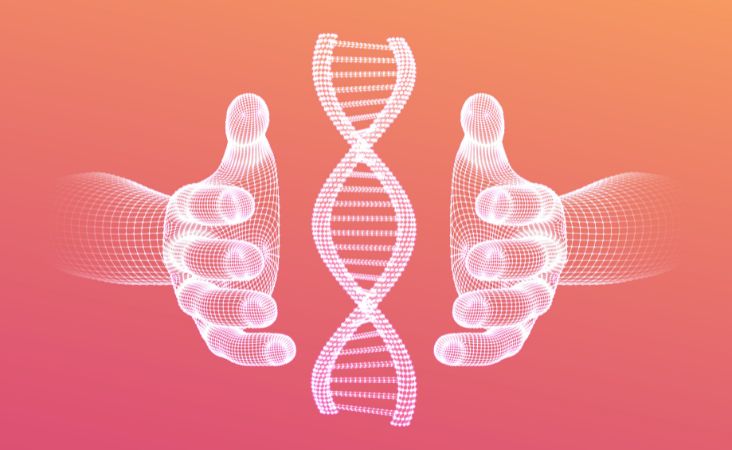
What Are the Different Types of Testosterone?
According to dermatologists, different types of testosterone exist within the human body. Their variations are usually distinguished by their chemical structure and how they are produced or administered.
Here are some of the main types of testosterone:
-
Free testosterone: As the name suggests, free testosterone is not bound to any proteins in our body. It is a biologically active form of testosterone available for use by the body's tissues and organs.
-
Bound testosterone: This type of testosterone can bind to two proteins in the blood i.e. sex hormone-binding globulin (SHBG) and albumin. When testosterone binds to these proteins, it becomes less available for immediate use by our body’s tissues.
-
Bioavailable testosterone: Bioavailable testosterone is a combination of free testosterone and testosterone bound to albumin. It fundamentally stands for the portion of testosterone that is not tightly bound to proteins and is available for use by the body.
-
Dihydrotestosterone (DHT): A potent androgen derived from testosterone through the action of an enzyme called 5-alpha-reductase, dihydrotestosterone plays a pivotal role in the development of male characteristics. It is also involved in the regulation of prostate health and hair follicle function.
Does Dihydrotestosterone Cause Hair Loss?
Unfortunately, yes. Dihydrotestosterone - a derivation of testosterone - plays a significant role in hair loss. Dermatologists state that this hormone shrinks hair follicles, leading to a condition called androgenetic alopecia. It can be characterized by a gradual thinning of hair around the temples and crown area of the scalp.
Don’t believe us? According to a study conducted by the National Center for Biotechnology Information (NCBI), dihydrotestosterone was found to induce early hair regression, hair miniaturization, low hair density, and changes in hair morphology in male C57BL/6 mice.
In fact, it was also found that the relationship between DHT and hair loss can be influenced by both high and low levels of androgens in the body. These influences occur when there’s a genetic predisposition for hair follicles to be sensitive to DHT. Higher levels can exacerbate sensitivity and accelerate hair thinning and eventual hair loss.
Likewise, low levels of DHT lead to reduced body hair growth and a mild decrease in pubic hair.
You may also be interested in some additional hair loss resources:
- Everything you need to know about DHT hair loss
- An ultimate guide on hair loss in young men
- Everything about genetic hair loss
- Positive effects of stress and hair loss explained
What Are the Symptoms of Dihydrotestosterone Hair Loss in Men and Women?
When it comes to symptoms, dihydrotestosterone hair loss can manifest differently in both men and women. Here are the most common symptoms associated with this type of hair loss in each gender:
Symptoms of DHT Hair Loss in Men
-
Receding hairline: One of the early signs of DHT-related hair loss in men is a receding hairline. The hairline gradually moves backward, often forming an M-shape or leaving a pronounced widow's peak.
-
Thinning crown: Hair loss caused by low or high dihydrotestosterone levels can also result in thinning hair or sometimes bald spots around the crown. This area may gradually expand over time, leading to a more prominent bald spot.
-
Generalized hair thinning: In advanced stages, DHT-related hair loss can lead to the overall thinning of hair on the top of the scalp. The hair becomes noticeably thinner and the scalp may become more visible.
-
Progressive hair loss: Dihydrotestosterone hair loss in men typically follows a progressive pattern. Meaning, it worsens gradually over time. Hair loss can continue to advance, resulting in partial or complete baldness in some cases.
Symptoms of DHT Hair Loss in Women
-
Widening of hair part: Women experiencing DHT-related hair loss may notice a widening of the part in their hair. The parting line becomes more visible as hair density decreases.
-
Thinning throughout the scalp: Unlike men, women with dihydrotestosterone hair loss usually don't develop distinct receding hairlines or bald spots. Instead, they tend to experience diffuse hair thinning across the entire scalp. Hair may become noticeably thinner and scalp visibility may increase.
-
Excessive hair shedding: Women may notice increased hair shedding during washing, brushing, or styling. This shedding is often more prominent than the typical daily hair loss.
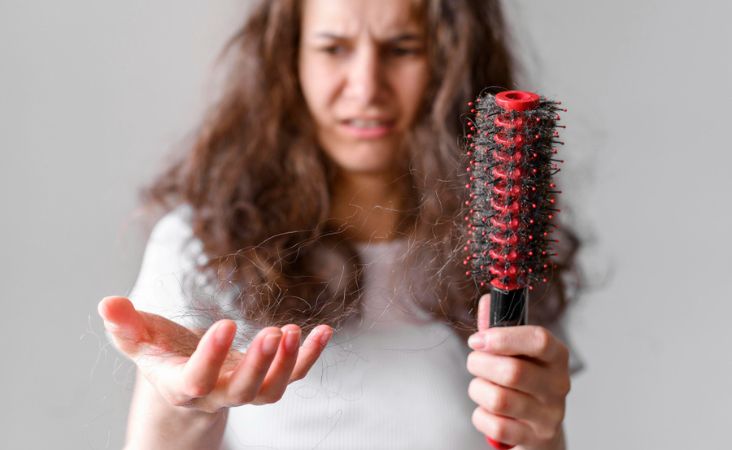
How to Treat Hair Loss Caused by Testosterone Shifts
Here are some treatment approaches for hair loss caused by testosterone in men and women:
-
Medication: There is prescription medication available that can help treat DHT-related hair loss. Some work by inhibiting the conversion of testosterone into DHT, while others block androgen receptors on hair follicles. Such medication can slow down hair fall progression. In fact, they can even stimulate hair growth in some cases.
However, it’s really important to consult a dermatologist for a prescription as this kind of medication has side effects.
-
Hair systems: Unlike medication, hair systems have zero side effects. Also known by the name of wigs, toupees, toppers, or hairpieces, they provide a non-surgical solution to hair loss caused by an imbalance in testosterone and also other conditions like alopecia, aging, and cancer.
Hair systems are designed using real hair strands that are hand-woven onto a base made of premium skin-friendly materials. Attached using clips, tape, or glue, they are comfortable, durable, and blend easily with real hair to deliver a hyper-realistic look.
Check out how amazing Juha looks after wearing a Lordhair non-surgical hair replacement system:
-
Low-level laser therapy: A non-invasive treatment that uses red light to stimulate hair growth in men and women. Low-level laser therapy (LLLT) works by increasing blood flow to hair follicles and stimulating cellular activity.
LLLT devices are available either as handheld devices to be used at home or in-salon treatments. Although this solution for testosterone hair loss recovery has shown some promising results, individual responses may vary.
-
Scalp micropigmentation: We bet most of our readers are aware of this hair recovery solution. For those who aren’t, scalp micropigmentation (SMP) is a cosmetic tattooing technique that involves depositing tiny pigment dots on the scalp to create the illusion of hair follicles.
While it is true this treatment can’t help you achieve a head full of long, luscious hair, it can be a suitable option for individuals with advanced hair loss who prefer a buzzed or shaved hairstyle.
Note: Consult a dermatologist first because SMP has side effects as well.
-
Lifestyle changes: Yes, you read it right. It is true that adopting a healthy lifestyle can promote overall hair health. This includes switching to a balanced diet, managing stress levels, avoiding excessive heat or chemical treatments, and using gentle hair care products.
Additionally, some individuals may benefit from incorporating specific hair care routines like medical shampoos and serums that promote scalp health and stimulate healthy strand growth.
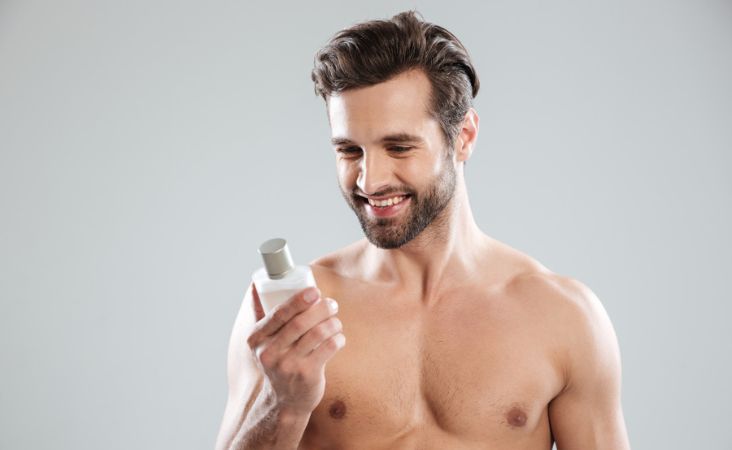
Testosterone and Hair Loss: Final Words
There you go! We have provided you with critical insights into the intricate relationship between testosterone and hair loss. Understanding the role of testosterone, particularly dihydrotestosterone (DHT), in hair thinning and damage is essential for exploring potential treatment options. So don’t let hair loss deter your confidence and well-being. Have some patience and do thorough research on different solutions.
With the right knowledge and treatment approach, you’ll be able to take proactive steps toward addressing hair loss caused by testosterone. In case nothing works, consider using a hair system!
Lordhair manufactures and supplies a wide range of premium stock and custom hair units to more than 100 countries. If you have any questions or need help choosing the right hair wig, feel free to contact us. Our team of experts is always ready to assist you in finding the perfect hair solution.



